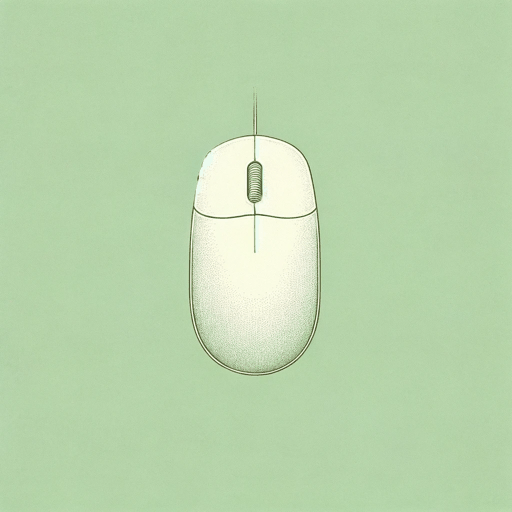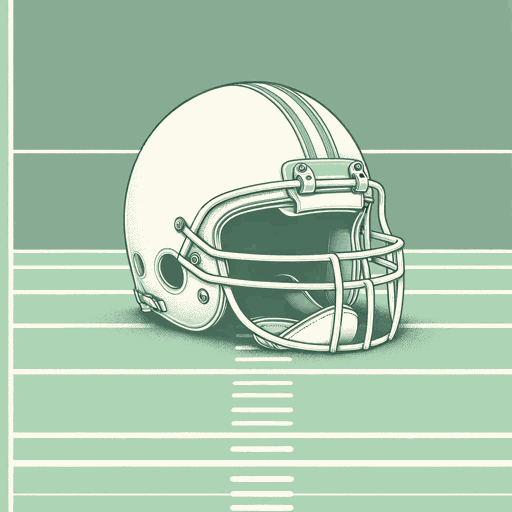96 pages • 3 hours read
Michael LewisThe Blind Side
Nonfiction | Book | Adult | Published in 2006A modern alternative to SparkNotes and CliffsNotes, SuperSummary offers high-quality Study Guides with detailed chapter summaries and analysis of major themes, characters, and more. For select classroom titles, we also provide Teaching Guides with discussion and quiz questions to prompt student engagement.
Chapters 5-6Chapter Summaries & Analyses
Chapter 5 Summary: “Death of a Lineman”
Lewis asks what contributed to football’s evolution such that a high school football player with hardly any playing experience could generate such frantic interest. Though he acknowledges football strategy evolved in ways too complex to parse fully, Lewis cites a December 1975 playoff game between the Oakland Raiders and the Cincinnati Bengals as “a seminal moment” (84). Calling offensive plays, Bill Walsh, then a Bengals assistant coach, witnesses a blind side rush bury his quarterback. Having unsuccessfully used a running back to block, he decided “there had to be a better way” (85). Six years later, Walsh tried a different strategy as San Francisco 49ers head coach playing against Parcells’ Giants. It was Lawrence Taylor’s rookie year, and Taylor presented the “greatest systematic threat Walsh’s offense had ever faced” (85). How Walsh addressed it informs “the future of football strategy” (85).
The week before, the Giants had beaten the favored Eagles because Taylor dominated the Eagles’ left tackle. Walsh fretted over how to neutralize Taylor and allow his quarterback, Joe Montana, to run Walsh’s “intricate little passing came” (86). Atypically, Walsh believed quarterbacks “were only as good as the system they played in,” a conclusion he arrived at while coaching the Bengals as an AFL expansion team incapable of attracting top talent (86).
Related Titles
By Michael Lewis

Flash Boys: A Wall Street Revolt
Michael Lewis

Going Infinite: The Rise and Fall of a New Tycoon
Michael Lewis

Liar’s Poker
Michael Lewis

Moneyball: The Art of Winning an Unfair Game
Michael Lewis

The Big Short: Inside the Doomsday Machine
Michael Lewis

The Fifth Risk
Michael Lewis

The New New Thing
Michael Lewis

The Premonition: A Pandemic Story
Michael Lewis

The Undoing Project: A Friendship That Changed Our Minds
Michael Lewis

